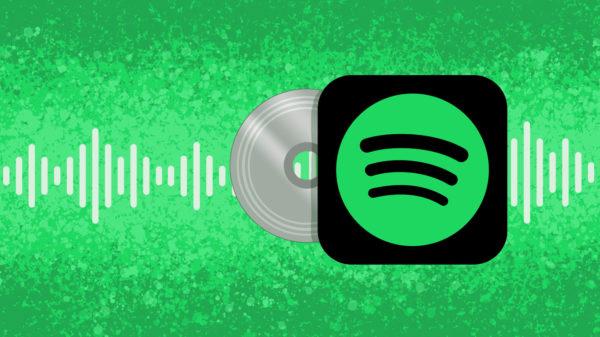
Many current college students can remember the childhood joy of searching for a disc in a big book of plastic pages, taking it out, rubbing it vigorously against their shirt to clean it and inserting it into a chunky player to hear the song that has been stuck in their head all day. Compact discs, or CDs, dominated the music market for decades through their affordability, portable size and high-quality audio. Deemed obsolete by some today, CDs have maintained a cult following that has grown in recent years.
With the rise of digital streaming, it is undeniable that sales of physical formats of music have taken a sharp dive. CDs, which accounted for 95.7% of recorded music sales in 2002, now only make up about 2.6% of the market, their lowest percentage since 2.4% in 1984, one year after their inception.
The convenience of increased digitalization has rendered physical media a scarce commodity, especially within the realm of music. The vast majority of music listeners are opting for availability over originality.
However, in 2021, the sale of all physical music products increased for the first time since 1996. Vinyl revenue exceeded $1 billion, and CDs, $584 million, representing a 21% increase from 2020. The steady growth of vinyl over the past 18 years may presage an increase in CD sales.
Now more than ever, the innate limitations of physically formatted music have made the act of investing in it a declaration of one’s music taste. Music lovers can own their favorite music, instead of effectively leasing it from streaming companies through a subscription. This transaction is a tangible representation of the artist-fan relationship, as it allows music lovers to assert their prioritized music and more directly support an artist.
CDs’ portable size and relative affordability appeal to audiences looking to invest in the physical format. On average, in 2022, vinyl records retailed for $28, about double the average sale price of CDs, which was $14.45.
CD buyers are getting good value for their money, as they often receive the same lyric books and cover art as vinyl buyers with the addition of higher audio quality. The dynamic range of CDs, or the decibel value difference between the loudest and quietest parts of the recording, is almost twice that of vinyl LPs, allowing for listeners to experience a greater dimensionality in sound. This means that out of physical media, CD audio most closely replicates what artists record in the studio.
Companies have taken notice of renewed interest in CDs. Online retailer Discogs said that “contributors added 295,000 CD releases in 2022,” adding to their retail collection of 20 million plus. Additionally, prolific audio tech companies such as Denon, Audiolab and Cambridge Audio have released brand-new CD players within the past year.
Ultimately, if CDs are ever to have a resurgence as large as vinyl, it would need to be propelled by Generation-Z nostalgia. A study conducted by Luminate Data found that members of Generation Z are 27% more likely to buy vinyl records compared to other age groups. Sentimental trends originating from media platforms such as TikTok often fuel renewed interest in technologies that are considered ‘retro’ or ‘outdated.’ As seen in revived trends such as film cameras or arcade games, products nowadays are increasingly measured by their charm over their convenience. With Gen Z aging towards financial maturity, the technologies of their childhood such as CDs and CD players are bound to return to the public eye.



